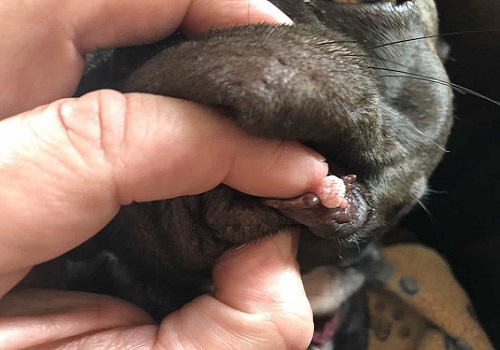 |
| Dog Papilloma Stages Pictures |
We are all aware that people will develop warts, but what about your family pet? Your puppy, believe it or not, will develop warts. Certain viruses are probably capable of causing the development of small circular skin tumors such as warts. There are several methods for determining the appearance of a wart.
You can search at various Internet pages and see photos of different warts, or you can go and the library to find facts and pictures of different kinds of warts.
Pets, including humans, will produce tiny round-shaped skin growths that all of us believe are practically harmless on a person and will be similarly harmless on your dog. That is not always the case. In fact, there are several forms of round skin growths that can be difficult to identify due to their small size.
It is important that your pet be checked by a veterinarian. Such growths, which resemble tiny circular skin growths, may not be harmless viral warts. The majority of skin growths must be removed, and a biopsy will be needed to determine the type of wart you have. Dogs may get viral warts, but they are not caused by the same virus that causes human warts.
People cannot get warts from dogs, and dogs cannot get warts from cats. When working with a canine, we do not refer to these growths as "warts," but rather by the more formal name "viral papilloma."
There are harmless skin tumors caused by the canine oral papillomavirus.
These papillomas are round, but have a rough surface similar to that of a sea anemone or a cauliflower.
These are usually seen on a young dog's lips and muzzle. This is most common in dogs under the age of two. These warts can also appear in groups as opposed to as a single development. This virus is spread by papillomas on contaminated dogs. A dog's incubation time is 1-2 months. This infection can only be transmitted by dogs. It is not allergic to humans or any pets that you might have.
In order for a dog to become sick, the dog's immune system must be immature. This explains why an untreated wart appears on a younger dog. At this time, we do not know whether the affected dog would have noticeable lesions for the warts to be infectious. So, because your dog can't tell you if he has something bothering him, consider what you've learned about warts so you can protect him if they appear on him.
Warts can be very painful for animals, but if you think your pet has warts, take them to the vet and get them checked out. The warts may be removed, and your pet would be much better off as a result of your tender treatment.

